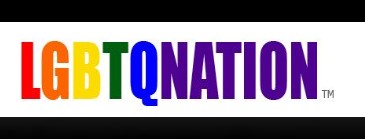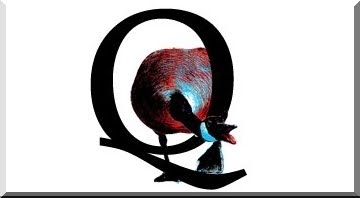 |
| President Kennedy greets Peace Corps Volunteers in the Rose Garden at the White House |
On October 14, 1960, at 2 a.m., Senator John F. Kennedy, (D-MA) spoke to a crowd of 10,000 cheering students at the University of Michigan in Ann Arbor during a presidential campaign speech. In his improvised speech, Kennedy asked,
"How many of you, who are going to be doctors, are willing to spend your days in Ghana?Technicians or engineers, how many of you are willing to work in the Foreign Service and spend your lives traveling around the world?"
His young audience responded to this speech with a petition signed by 1,000 students willing to serve abroad. Senator Kennedy's challenge to these students—to live and work in developing countries around the world; to dedicate themselves to the cause of peace and development—inspired the beginning of the Peace Corps.
Just two weeks later, in his November 2, 1960, speech at the Cow Palace in San Francisco, Kennedy proposed "a peace corps of talented men and women" who would dedicate themselves to the progress and peace of developing countries. Encouraged by more than 25,000 letters responding to his call, Kennedy took immediate action as president to make the campaign promise a reality.
The Peace Corps program was an outgrowth of the Cold War. President Kennedy pointed out that the Soviet Union "had hundreds of men and women, scientists, physicists, teachers, engineers, doctors, and nurses . . . prepared to spend their lives abroad in the service of world communism." The United States had no such program, and Kennedy wanted to involve Americans more actively in the cause of global democracy, peace, development, and freedom.
A few days after he took office, Kennedy asked his brother-in-law, R. Sargent Shriver, to direct a Peace Corps Task Force. Shriver was known for his ability to identify and motivate creative, visionary leaders, and he led the group to quickly shape the organization. After a month of intense dialogue and debate among task force members, Shriver outlined seven steps to forming the Peace Corps in a memorandum to Kennedy in February 1961.
The Peace Corps was established by executive order on March 1, 1961, and a reluctant Shriver accepted the president's request to officially lead the organization. Shriver recruited and energized a talented staff to implement the task force's recommendations. On his first trip abroad as director, he received invitations from leaders in India, Ghana, and Burma to place Peace Corps volunteers in their countries.
Tanganyika and Ghana were the first countries to participate in the program. President Kennedy welcomed the inaugural group of volunteers at the White House on August 28, 1961, to give them a personal farewell before their departure to Africa.
Congress approved the Peace Corps as a permanent federal agency within the State Department, and Kennedy signed the legislation on September 22, 1961. In 1981, the Peace Corps was made an independent agency.
The Peace Corps is always adapting to the times and to an ever-changing world, but has never wavered from its three original goals:
The program continues to reflect the evolving priorities of the U.S. government and changes in the population of the United States. Today, on average, volunteers are older than their predecessors and more experienced in specialized fields.
After almost five decades of service, the Peace Corps is more vital than ever and still growing. From John F. Kennedy's inspiration came an agency devoted to world peace and friendship and volunteers who continue to help individuals build a better life for themselves, their children, their community, and their country.
The Peace Corps is always adapting to the times and to an ever-changing world, but has never wavered from its three original goals:
- To help the people of interested countries and areas in meeting their needs for trained workers
- To help promote a better understanding of Americans on the part of the peoples served
- To help promote a better understanding of other peoples on the part of Americans
The program continues to reflect the evolving priorities of the U.S. government and changes in the population of the United States. Today, on average, volunteers are older than their predecessors and more experienced in specialized fields.
After almost five decades of service, the Peace Corps is more vital than ever and still growing. From John F. Kennedy's inspiration came an agency devoted to world peace and friendship and volunteers who continue to help individuals build a better life for themselves, their children, their community, and their country.
Clip courtesy of NBC News:






















0 comments:
Post a Comment